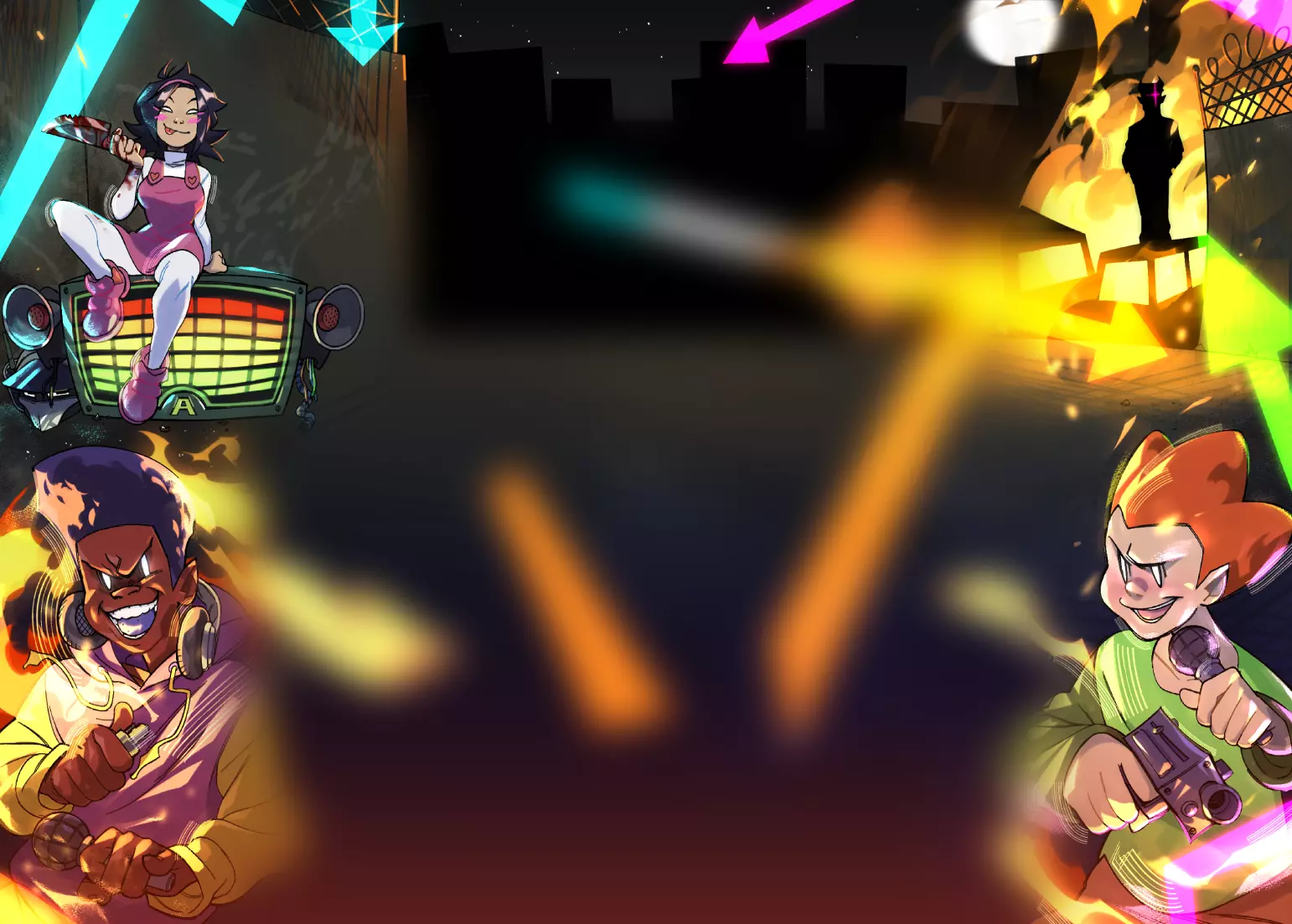I'm on page 84 of "the animators survival kit" and It honestly feels like I haven't really learnt much.
Maybe it's true, or maybe I haven't picked up on much
by memory, at page 84, I feel like I've learnt about "Squash and stretch
Spacing
easing in and out
Bounce
Extremes/In betweens/keys" So far, not much.
I was just wondering if this is normal to feel like I haven't much, and also, if the book will really cover alot if not all, that I need to know.
And once I'm done with it, what do I read next?
A bit of a lengthy question, but yeah.



